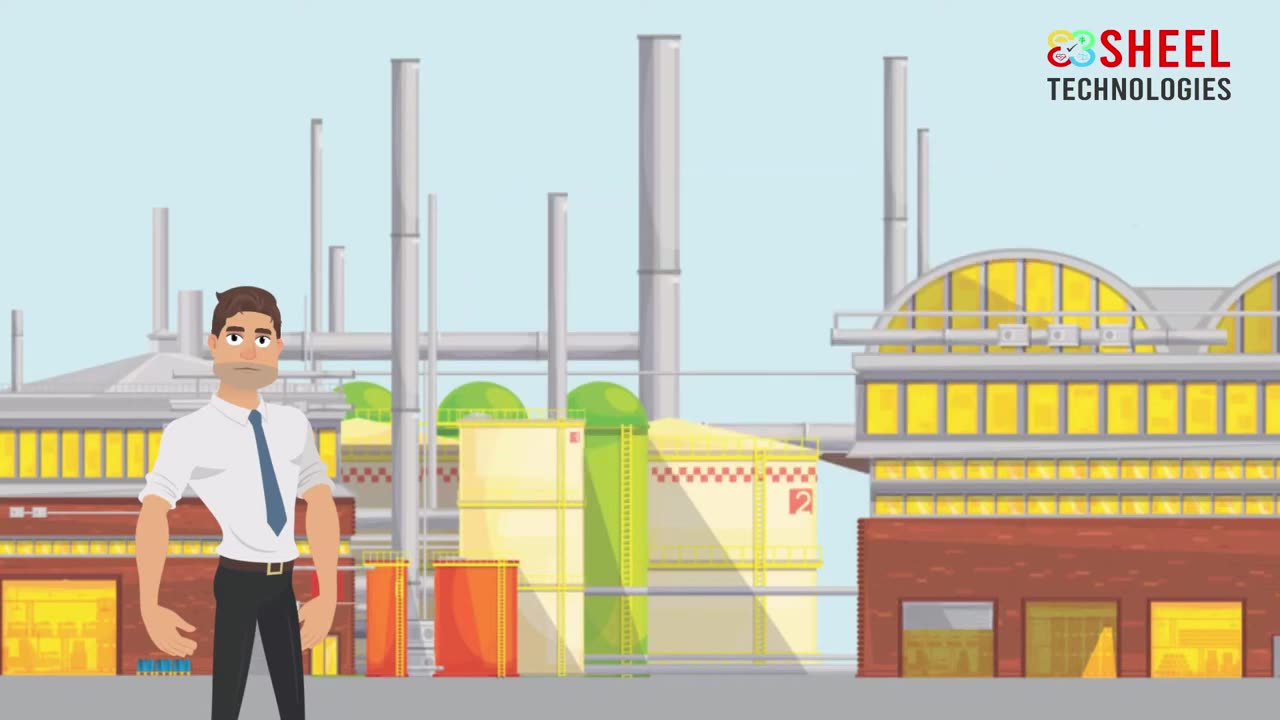Premium Only Content

Fuel Handling Safety Training English
### **Fuel Handling Safety Training**
This training focuses on equipping individuals with knowledge and best practices for safely handling, storing, and using fuel in various settings.
---
### **1. Introduction to Fuel Handling Safety**
- **Purpose:**
- Prevent accidents like spills, fires, and health hazards.
- Protect people, equipment, and the environment.
- **Types of Fuels Covered:**
- Gasoline, diesel, kerosene, propane, and other flammable liquids or gases.
---
### **2. Fuel Hazards**
1. **Fire and Explosion Risks:**
- Highly flammable nature of most fuels.
- Vapors igniting from sparks, open flames, or static electricity.
2. **Health Hazards:**
- Inhalation of fumes causing dizziness, nausea, or long-term respiratory issues.
- Skin contact leading to irritation or burns.
3. **Environmental Hazards:**
- Fuel spills contaminating soil and water.
- Air pollution from improper use.
---
### **3. Personal Protective Equipment (PPE)**
- **Essential Gear:**
- Fire-resistant clothing
- Chemical-resistant gloves
- Safety goggles or face shields
- Non-slip, oil-resistant footwear
- **Optional for Hazardous Areas:**
- Respirators or masks to avoid inhaling toxic fumes.
---
### **4. Safe Handling Procedures**
1. **General Guidelines:**
- Only trained personnel should handle fuel.
- Work in well-ventilated areas to prevent vapor buildup.
- Avoid distractions while handling fuel.
2. **During Fuel Transfer:**
- Use approved containers and dispensing equipment.
- Ground and bond containers to prevent static discharge.
- Never fill containers inside a vehicle; place them on the ground.
3. **Avoid Contamination:**
- Keep water, dirt, or other substances away from fuel containers.
- Use separate tools and containers for different fuel types.
---
### **5. Fuel Storage Guidelines**
1. **Approved Storage Containers:**
- Use containers labeled for fuel storage.
- Ensure containers are leak-proof and sealed properly.
2. **Storage Location:**
- Store fuel in cool, well-ventilated, and dry areas.
- Keep storage away from ignition sources, such as flames or electrical equipment.
- Maintain clear signage indicating "Flammable Materials."
3. **Capacity Limits:**
- Adhere to local regulations for maximum allowable fuel storage.
---
### **6. Transportation of Fuel**
- Use approved transport containers.
- Secure containers to prevent tipping or spillage.
- Follow all local laws and regulations for transporting hazardous materials.
---
### **7. Emergency Procedures**
1. **Spill Response:**
- Stop the source of the spill, if safe to do so.
- Use absorbent materials to clean up small spills.
- Report large spills to the appropriate authorities.
2. **Fire Response:**
- Use a Class B fire extinguisher for fuel fires.
- Evacuate the area and call emergency services for large fires.
3. **First Aid:**
- For skin contact: Wash thoroughly with soap and water.
- For inhalation: Move to fresh air and seek medical attention if symptoms persist.
---
### **8. Prohibited Practices**
- Do not smoke or use open flames near fuel.
- Never use unapproved containers for storing or transporting fuel.
- Avoid overfilling fuel tanks to prevent spills.
---
### **9. Environmental Protection**
- Handle and dispose of fuel waste in accordance with local regulations.
- Use spill kits and secondary containment systems for storage.
- Report all spills to environmental authorities as required.
---
### **10. Regular Inspections and Training**
- Conduct routine checks on fuel storage and handling areas.
- Provide regular safety training and updates.
- Encourage reporting of near-misses or unsafe conditions.
---
### **Key Takeaways**
- Always prioritize safety and follow proper procedures when handling fuel.
- Be aware of hazards and how to mitigate them.
- Stay prepared to respond effectively to spills, fires, or other emergencies.
Would you like assistance with creating training materials or checklists for your fuel handling safety program?
-
 23:22
23:22
MYLUNCHBREAK CHANNEL PAGE
1 day agoUnder The Necropolis - Pt 5
28K9 -
 2:26:11
2:26:11
Jewels Jones Live ®
1 day agoWINNING BIGLY | A Political Rendezvous - Ep. 108
70K25 -
 2:04:49
2:04:49
Bare Knuckle Fighting Championship
4 days agoBKFC FIGHT NIGHT MOHEGAN SUN FREE FIGHTS
22.9K1 -
 25:09
25:09
BlackDiamondGunsandGear
4 hours agoYou NEED to be Training For Whats to Come
9.78K6 -
 20:03
20:03
Sideserf Cake Studio
10 hours ago $0.78 earnedA HUNGRY HUNGRY HIPPOS CAKE THAT ACTUALLY WORKS?
20.8K5 -
 23:51
23:51
marcushouse
11 hours ago $0.44 earnedStarship’s Next Move Is Coming Sooner Than You Think!
13.5K2 -
 22:24
22:24
The Finance Hub
17 hours ago $3.12 earnedBREAKING: JOE ROGAN JUST DROPPED A MASSIVE BOMBSHELL!!!
17.1K13 -
 55:02
55:02
PMG
7 hours ago $0.24 earnedHannah Faulkner and Miriam Shaw | Moms on A Mission
11K -
 1:21:05
1:21:05
I_Came_With_Fire_Podcast
18 hours ago"Veteran Health, Military Culture, and American Exceptionalism" with Matt Kenney
83.7K17 -
 23:21
23:21
Simply Bitcoin
1 day ago $35.89 earned$1M Bitcoin in 2025? | Trump's Plan to End the Fed Revealed!
175K65